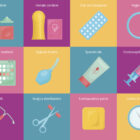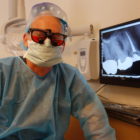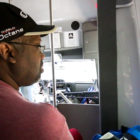I-Team In-Depth
Dancing Again: COVID-19 Battle Gives Survivor A New Appreciation For Life
|
Michael Kelly is still fighting. After waging—and winning—an epic battle with COVID-19 in spring 2020, Kelly is now focused on his recovery and preventing a second infection. But getting back on his feet has been challenging. Once intimidated by what he described as wealthy, better-educated clients of his carpeting business, Kelly, 64, says he feels he’s on equal footing with the world today. During his recovery from COVID, he said, he realized that regardless of wealth, education or status, everyone has the same allotted 24 hours to live each day.







